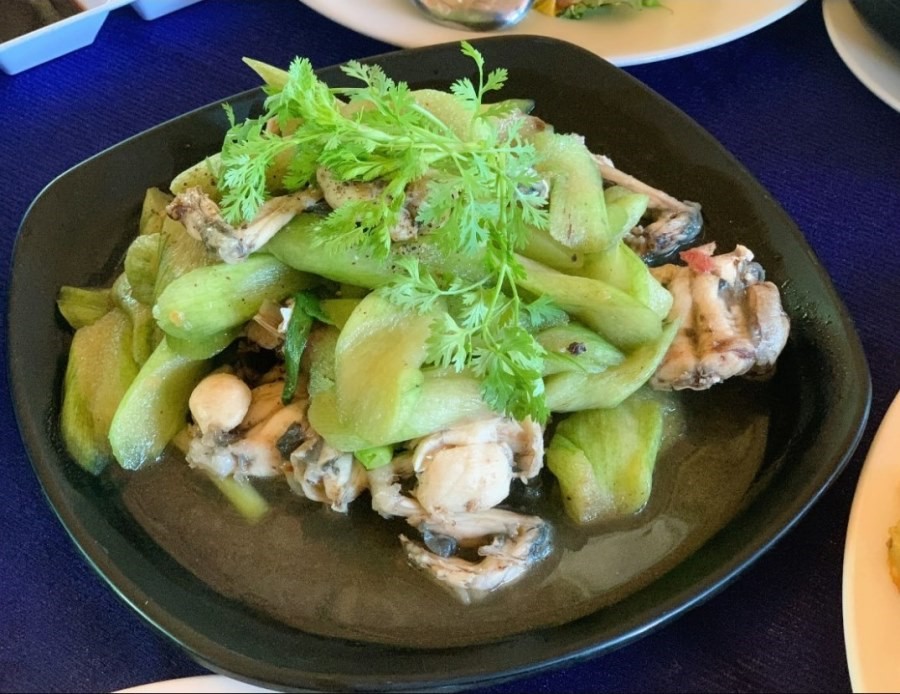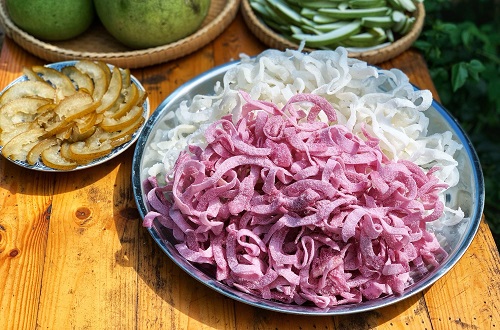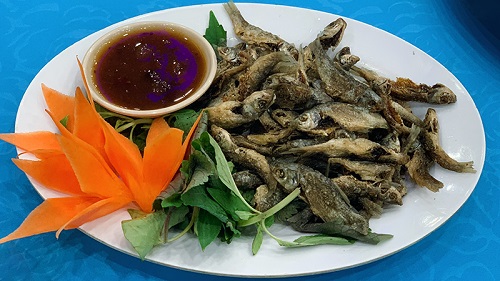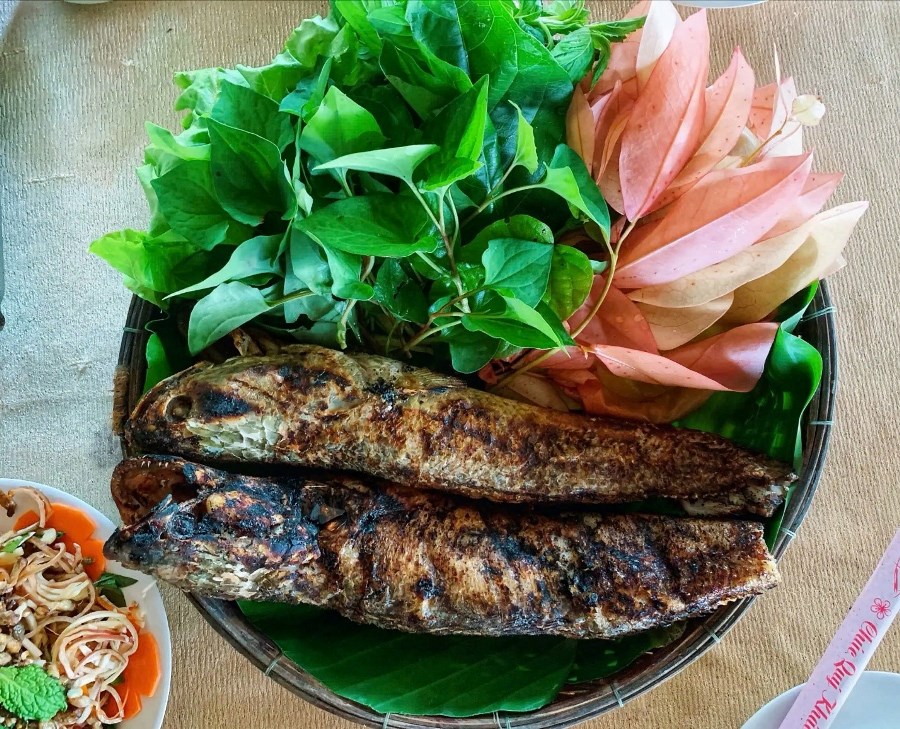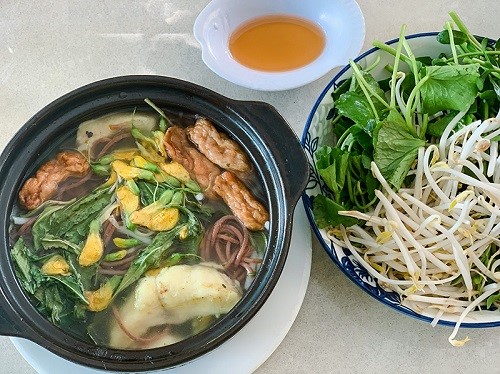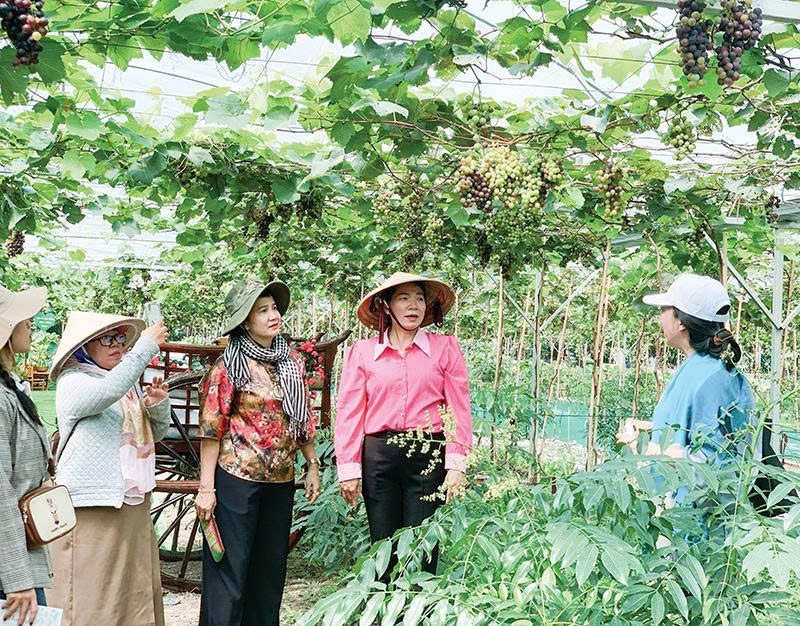
Diverse Tourism Resources
Can Tho, Hau Giang, and Soc Trang are part of the Western Mekong Delta Tourism Cluster, which has maintained close cooperation in tourism development over many years. Each province and city has effectively leveraged its resources with clear orientations for tourism products, each bearing distinct characteristics.
Can Tho is focusing on harnessing its potential and strengths to develop various tourism types and products, including Meetings, Incentives, Conferences, and Exhibitions (MICE) tourism; ecotourism and river-based tourism; cultural tourism; and culinary tourism. Among these, MICE tourism is the primary product. Currently, Can Tho has over 630 accommodation facilities with more than 11,000 rooms, including over 130 hotels ranging from 1 to 5 stars with more than 5,000 rooms. Additionally, a diverse transportation network, including Can Tho International Airport, key expressways such as Can Tho-Ho Chi Minh City, Can Tho-Ca Mau, and Chau Doc-Can Tho-Soc Trang, and a system of river ports, provides favorable conditions to promote MICE tourism. Furthermore, river-based and ecotourism are strengths of the Western Capital. Floating markets, fruit gardens, and a network of islets along the river are utilized to offer diverse tours and experiences showcasing the riverine lifestyle of Southwestern Vietnam. Notable destinations include Cai Rang Floating Market, Son Islet, and Tan Loc Islet, complemented by over 60 ecotourism and orchard tourism sites.

Visitors explore Ngoc Dao Dairy Goat Farm (Hau Giang). Photo: KIEU MAI
Meanwhile, Hau Giang is oriented toward developing tourism based on its agricultural, ecological, and river-based potential. The province prioritizes cultural and river-based tourism linked to activities such as visiting floating markets and experiencing riverine culture; agricultural tourism tied to experiential visits and scientific research; and community-based tourism involving experiences of local riverine culture and the cultural identity of the Khmer ethnic community. As such, Hau Giang focuses on investing in two distinctive tourism highlights: tourism along the Xa No Canal and the Lung Ngoc Hoang Nature Reserve and its surrounding areas. The Lung Ngoc Hoang Nature Reserve, spanning over 2,800 hectares, boasts high biodiversity, making it suitable for ecotourism, experiential and exploratory activities in pristine nature, scientific research, environmental education, and nature-based resort tourism. The reserve is also one of 61 sites designated for development as a national tourism area.
Soc Trang stands out with its numerous festivals, unique architectural structures, fertile islets with fruit gardens, and coastal mangrove ecosystems. These resources enable Soc Trang to develop diverse products: spiritual cultural tourism, festival and culinary cultural tourism, riverine orchard tourism, and coastal ecotourism. Spiritual cultural tourism and coastal ecotourism have created a distinct identity for Soc Trang. The province features a diverse system of ancient pagodas with unique architecture, such as Mahatup (Bat Pagoda), Kh’leang, Bôtum Vong Sa Som Rong, Clay Pagoda, and Peam Buol Thmây, ideal for developing experiential tours. Additionally, Tran De Beach, Ho Be Beach, and Dung Islet offer unique experiences related to coastal and mangrove ecosystems.
Shaping Distinctive Products from the New Tourism Space
Can Tho, Hau Giang, and Soc Trang each have unique strengths for tourism development. However, in the past, these localities faced challenges in fully realizing the value of their resources. For instance, floating markets are a tourism resource that requires further research and development to create a signature product for the merged Can Tho City.
Cai Rang Floating Market (Can Tho), Nga Bay Floating Market (Hau Giang), and Nga Nam Floating Market (Soc Trang) have historical ties to the formation of their respective regions. Well-organized floating market tourism products could become a standout signature for the region. Each market has both similarities and differences in its form and operations, creating compelling tourism narratives if developed thoughtfully and appropriately. For example, Cai Rang Floating Market operates as a wholesale market, while Nga Nam Floating Market focuses on retail. Previously, creating tourism products around floating markets faced challenges, but with the expanded space post-merger, product development can be more clearly defined and distinctive. A notable example is the Xa No Canal, part of the Can Tho-Hau Giang riverine route, which Hai Au Tourist Can Tho has developed under the theme “The Rice Road.” This itinerary includes visits to floating markets, traditional craft villages, and rice and agricultural product processing factories, alongside unique experiences of Western riverine culture. Thus, the expanded space provides opportunities for businesses and tourism operators to innovate new products that fully leverage local resources.
Another common strength is ecotourism. The ecotourism product systems of Can Tho, Hau Giang, and Soc Trang each have distinct characteristics and highlights. Can Tho develops community-based ecotourism, with standout sites like Son Islet and orchards in Phong Dien; Hau Giang excels in agricultural tourism and the Lung Ngoc Hoang Nature Reserve; while Soc Trang boasts diverse coastal and mangrove ecosystems in Mo O, Ho Be, and Dung Islet. With proper orientation and development, these resources can create unique ecotourism products, such as riverine canoe or yacht tours with overnight stays.

Experiencing “di mong” (move across the mud on a thin board), a traditional livelihood in Mo O, Soc Trang. Photo: CTV
Agricultural tourism is also a strength for Can Tho, Hau Giang, and Soc Trang. The three localities feature well-known farms engaged in tourism, such as Bao Gia Farm Camping (Hau Giang), Ngoc Dao Dairy Goat Farm (Hau Giang), Son Islet Agricultural Tourism Cooperative (Can Tho), Song Hau Farm (Can Tho), and Dung Islet (Soc Trang). Each destination has unique local agricultural characteristics. With effective product development, these sites can offer distinctive, memorable experiences.
Additionally, festivals are a key highlight for creating tourism products in the three localities. The region hosts major festivals like the Southern Folk Cake Festival (Can Tho) and the Ok-Om-Bok Festival and Ngo Boat Race (Soc Trang), which have established strong brands over the years. Can Tho, Hau Giang, and Soc Trang are home to vibrant cultural identities and numerous unique local festivals that can be developed into festival tourism products.
In reality, the expansion of administrative boundaries will facilitate the development of tourism spaces. By leveraging the similarities and differences among the three localities, the merged Can Tho City can shape distinctive tourism products, maximize the value of local resources, and gradually drive tourism development.
Source: Can Tho Newspaper - Translated by Chi Nguyen







